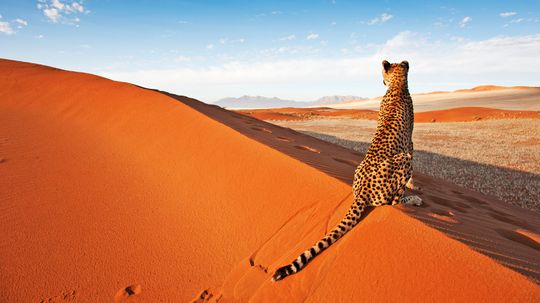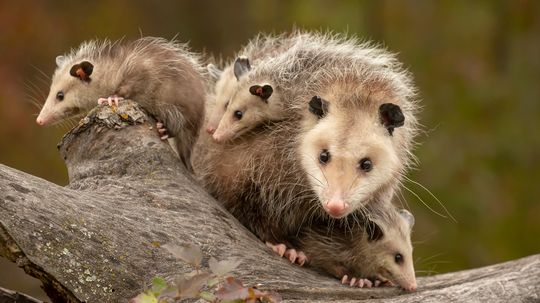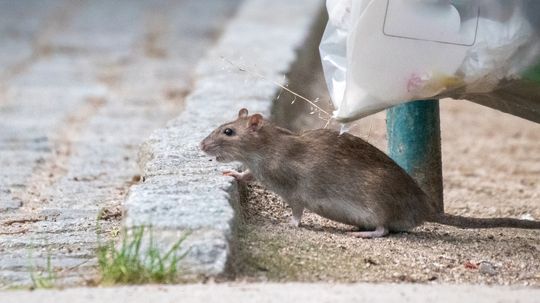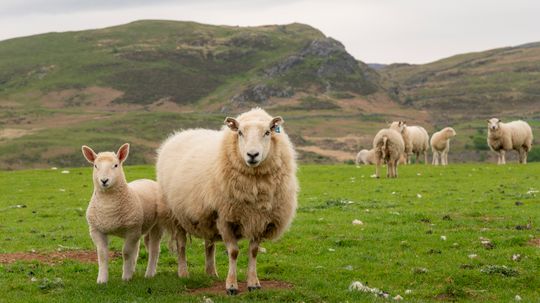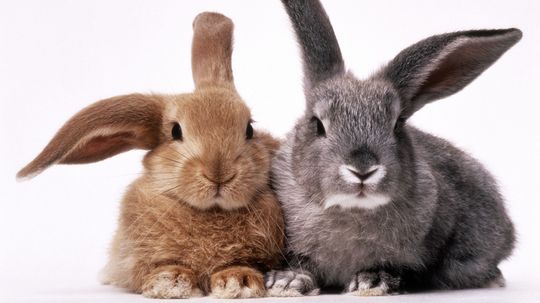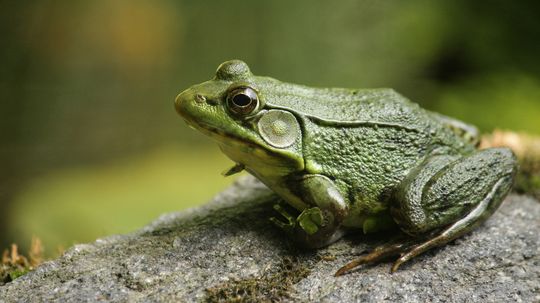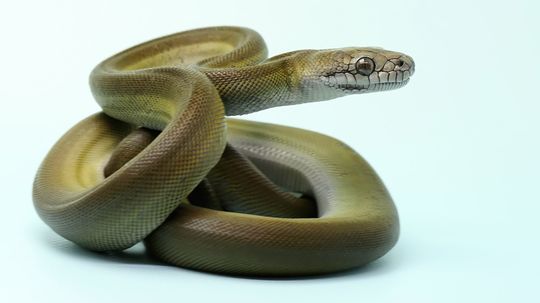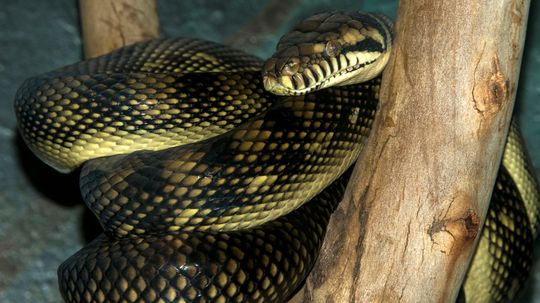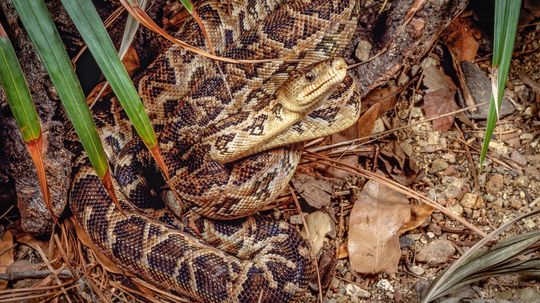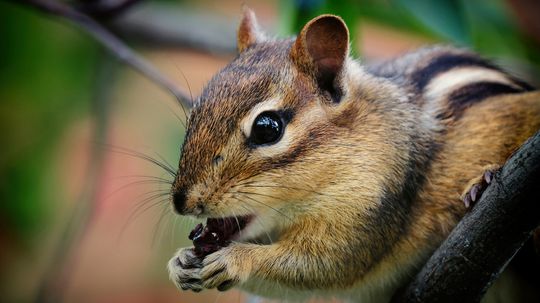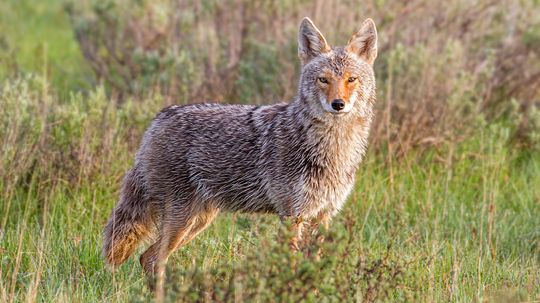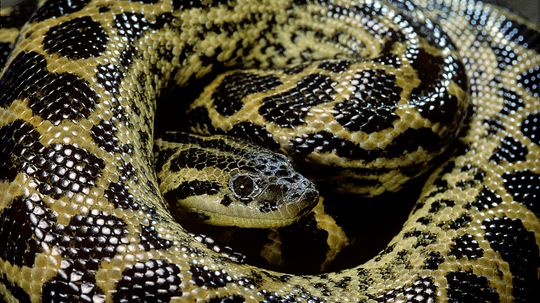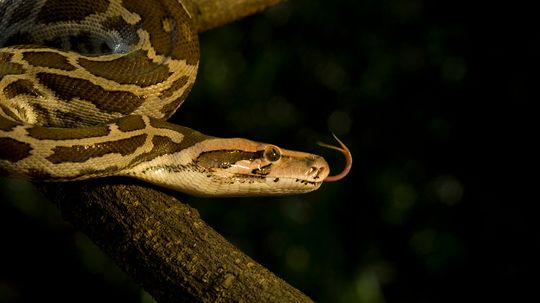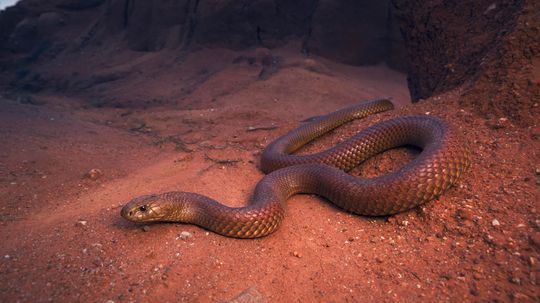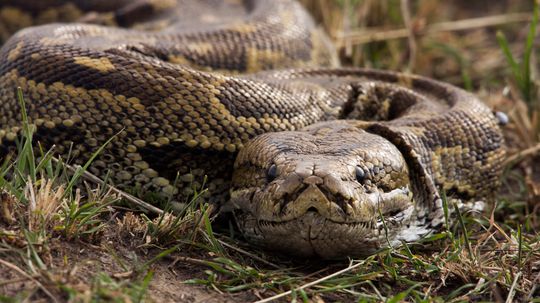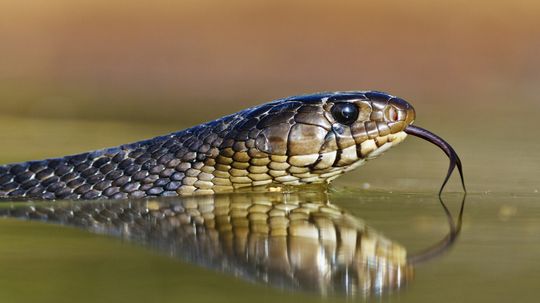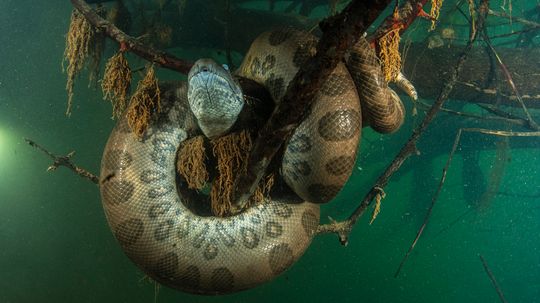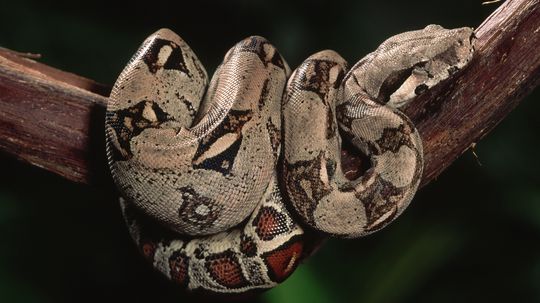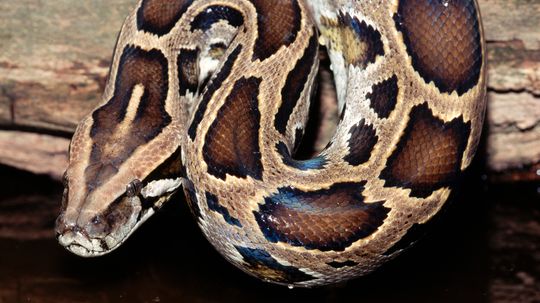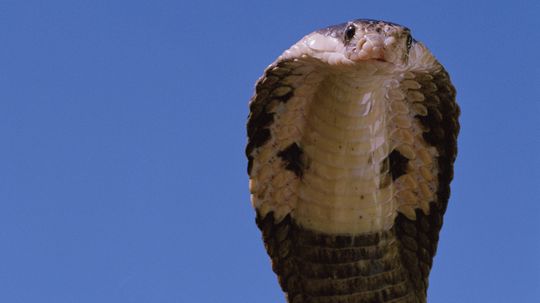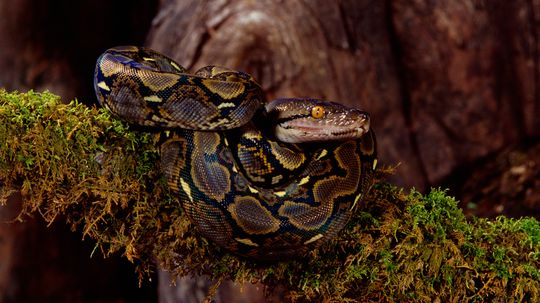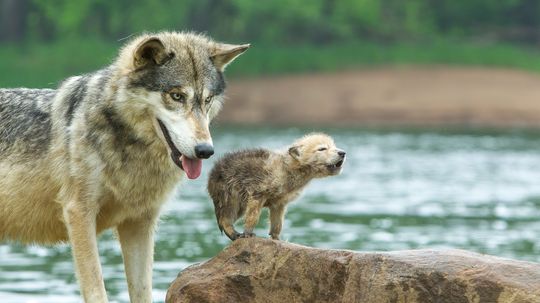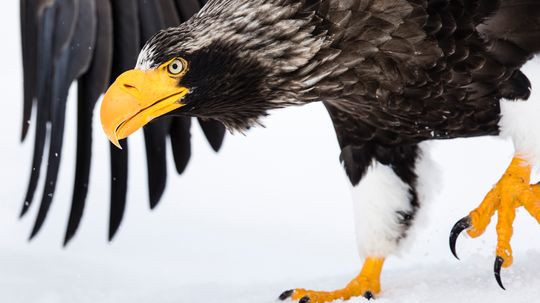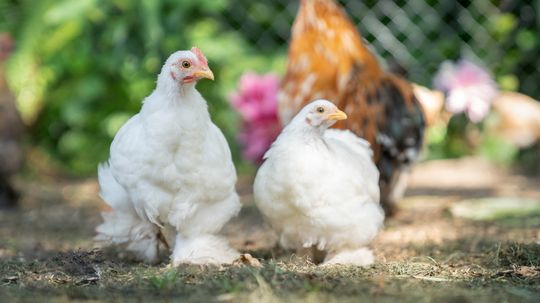Wild Animals
Whether they crawl, fly, swim, slither, walk, run or pounce, wild animals rely on their instincts. Read about all kinds of wild animals, mammals, birds, fish, insects, reptiles and amphibians.
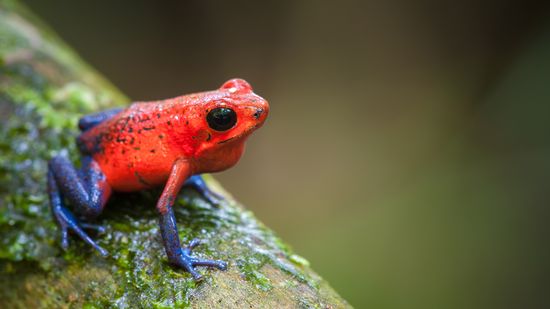
12 Colorful Frog Species: From Tie-dyed Designs to Rare Hues
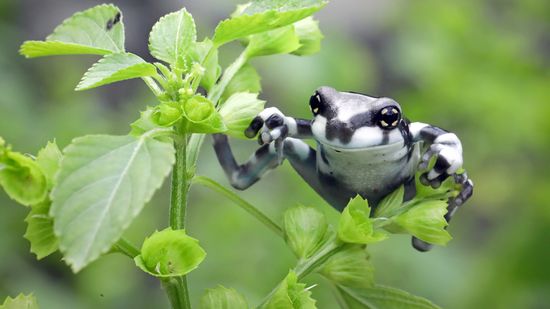
Amazon Milk Frog: Named for Its Defense, Not Its Color
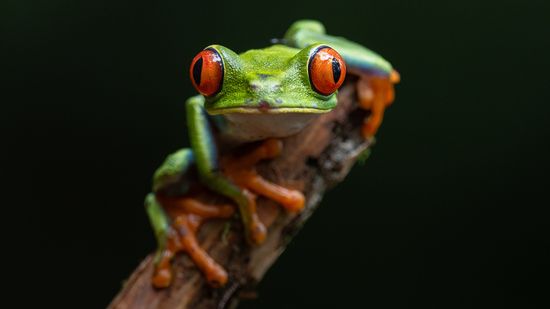
The Red-eyed Tree Frog Has Extremely Sensitive Skin
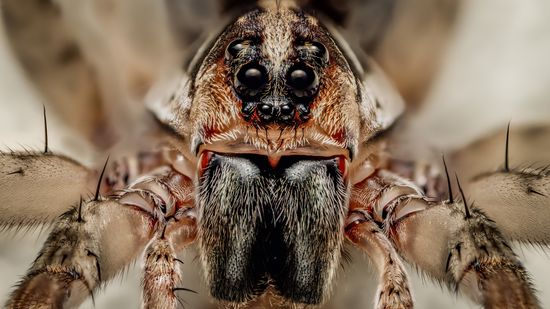
What Is a Group of Spiders Called? (Aside From Icky)
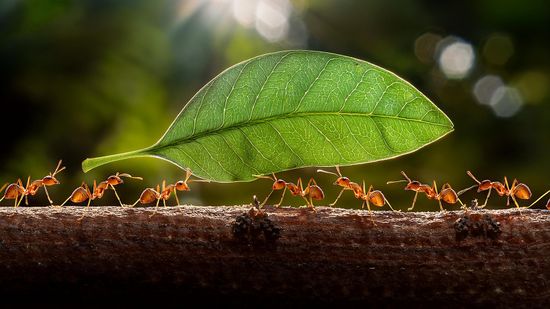
What Is a Group of Ants Called? Army vs. Colony vs. Swarm
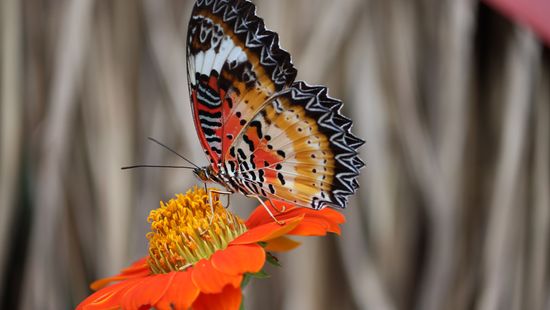
10 Red Butterfly Species Found From India to Florida to Europe
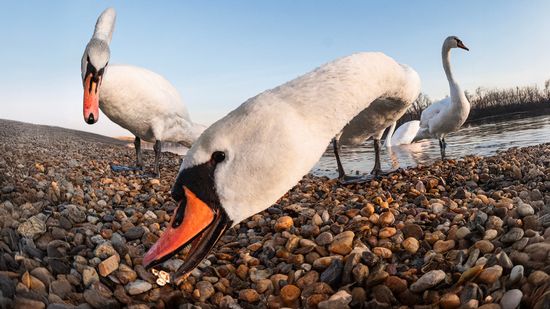
What Is a Group of Swans Called? Not a Flock
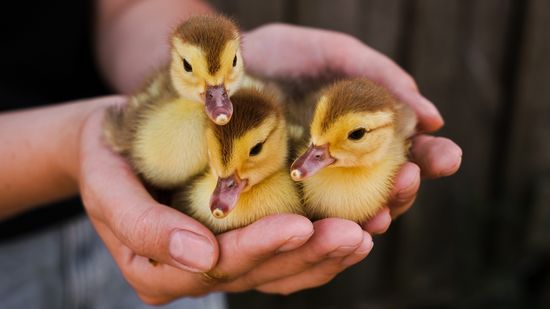
What Is a Group of Ducklings Called? It's Surprisingly Moody
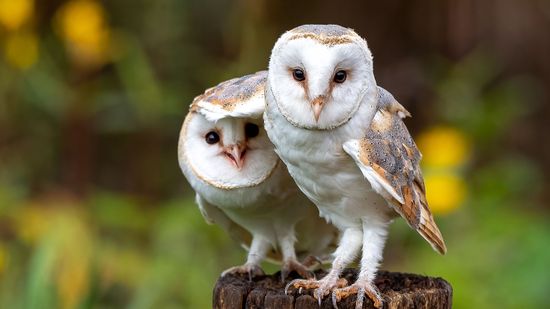
What Group of Birds Is Called a Parliament?
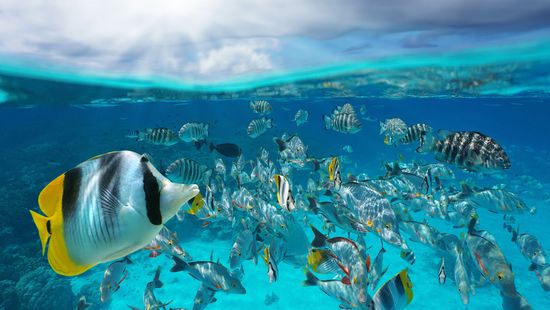
What Is a Group of Fish Called? Not Always a School
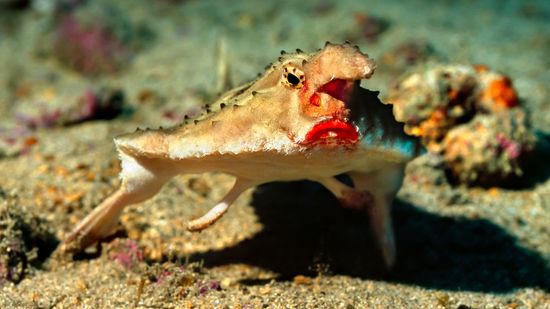
10 Weirdest Fish in the World: Batfish, Hairy Frogfish, and More
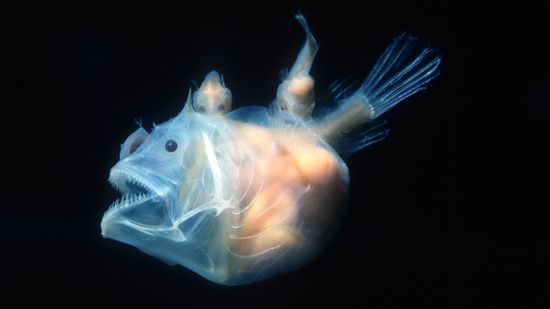
10 Scariest Fish Lurking in Rivers, Deep Ocean Waters, and Shells
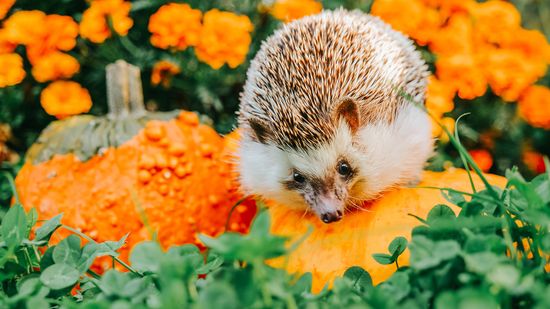
What Is a Group of Hedgehogs Called? It's Adorably Appropriate
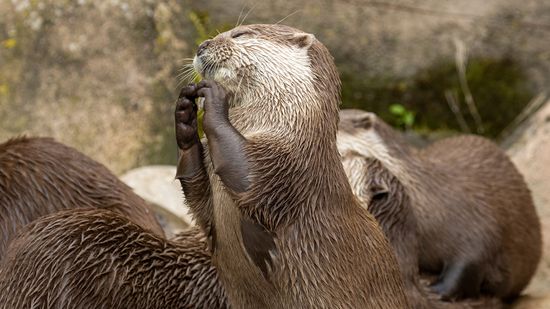
What Is a Group of Otters Called? The Official Terms Are Adorable
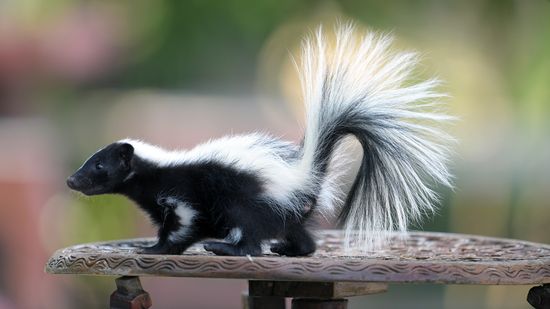
What Is a Group of Skunks Called? Here's Why You've Never Asked Before
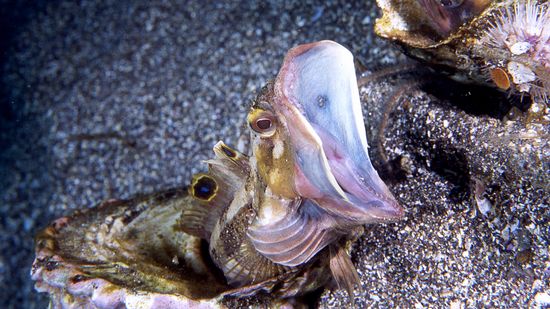
10 of the Scariest Sea Creatures Lurking in the Ocean's Depths
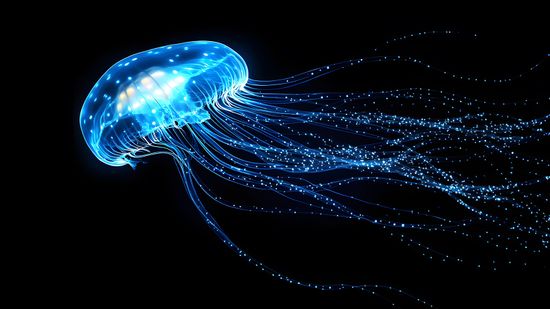
How Bioluminescent Jellyfish Get Their Signature Glow
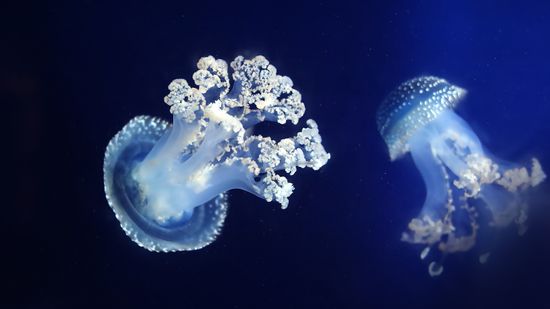
White Spotted Jellyfish: Cute Until They Become Invasive
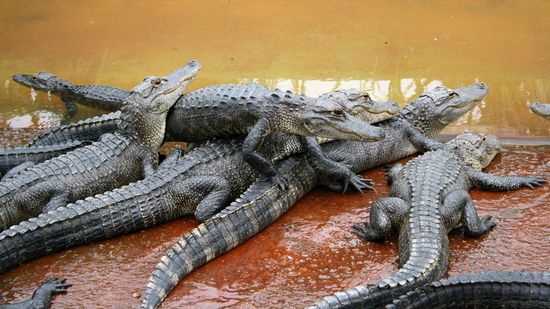
What Is a Group of Alligators Called? It Sounds Surprisingly Formal
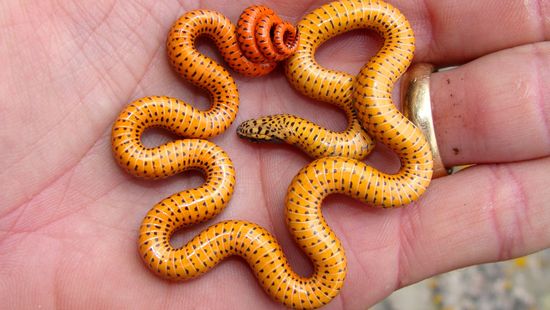
10 Cutest Snake Species That Have Us Squeeing
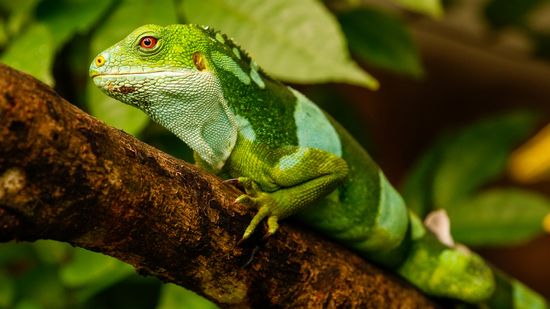
10 Colorful Lizards to Delight Reptile Lovers
Learn More / Page 18
Think you can handle cheetah vs. leopard identification? Despite the similar coats, these big cats are built for very different habitats and hunting priorities.
If you're trying to keep opossums out of your trash, you may be asking yourself, "What do possums eat?" Unfortunately, the answer is just about everything.
By Yara Simón
Determining whether you're dealing with a rat vs. mouse infestation is the first step in solving the problem.
By Yara Simón
Advertisement
If the differences between a lamb vs. a sheep has kept you awake at night, the answer to your musings is simple: A lamb is just a baby sheep.
By Sascha Bos
Bunny vs. rabbit vs. hare: Do you know how to tell these animals apart? Do you know which ones are the same? We give the full rundown.
By Marie Look
Being able to spot a toad vs. frog comes down to understanding their respective habitats. One amphibian is much more adapted to aquatic life.
By Marie Look
Although New Guinea's Papuan olive python is nonvenomous, its color-changing camouflage and mighty constriction make it an excellent hunter.
Advertisement
You spot a bird of prey, and your friend says it's a peregrine falcon but her partner says it's a hawk. Can you resolve the great hawk vs. falcon debate?
By Sascha Bos
The highly adaptable amethystine python is a nocturnal predator that's able to make itself at home in tropical rainforest, mountains and other landscapes.
The Cuban boa finds shelter in trees and gives birth to live young rather than laying eggs. The oldest Cuban boa is over 30 years old.
Pinning down chipmunk vs. squirrel identification is trickier than you might expect. The differences between the species largely come down to size and habitat.
By Sascha Bos
Advertisement
Learn how to identify coyote vs. wolf tracks, where you can expect to find the species and how their behaviors differ.
By Marie Look
The yellow anaconda isn't the only snake species to form breeding balls for mating privileges, but it will engage in the ritual for several hours or even days.
The Indian python was once considered a subspecies of the Burmese python. Now that the former is recognized as its own distinct species, it faces endangerment.
The king brown snake, also known as the mulga, occupies many regions of Australia and is partial to the most arid regions.
Advertisement
The African rock python has a diet of large animals that include crocodiles and warthogs. Learn how this giant snake is capable of eating even larger prey.
The eastern indigo snake takes advantage of a unique shelter that provides much-needed protection to the endangered species and its young.
By Desiree Bowie & Mack Hayden
The green anaconda hunts both in water and on dry land, which is even scarier when you realize the snake is capable of eating prey larger than its own body.
The boa constrictor is a large, nonvenomous snake known for squeezing the life from its prey. They are not considered to be at a high risk of extinction.
Advertisement
The Burmese python is a solitary and nocturnal creature, but it's become an invasive species in Florida as a result of the exotic pet trade.
The king cobra (Ophiophagus hannah) is the longest venomous snake in the world and is one of the few snake species to make a nest for its eggs.
Pythons, the longest snakes in the world, are nonvenomous with a lethal squeeze. These snakes constrict their prey before devouring the meal.
The world's largest wolves weigh up to 175 pounds (79.4 kilograms) and measure up to 6 feet (1.8 meters) in length.
Advertisement
Wingspan isn't the only way to measure the largest eagles in the world. We also looked at weight and height.
By Yara Simón
Whether you're a chicken keeper looking to increase egg production or just curious about the largest chicken breed, here's a list of the giants by weight.
By Yara Simón
